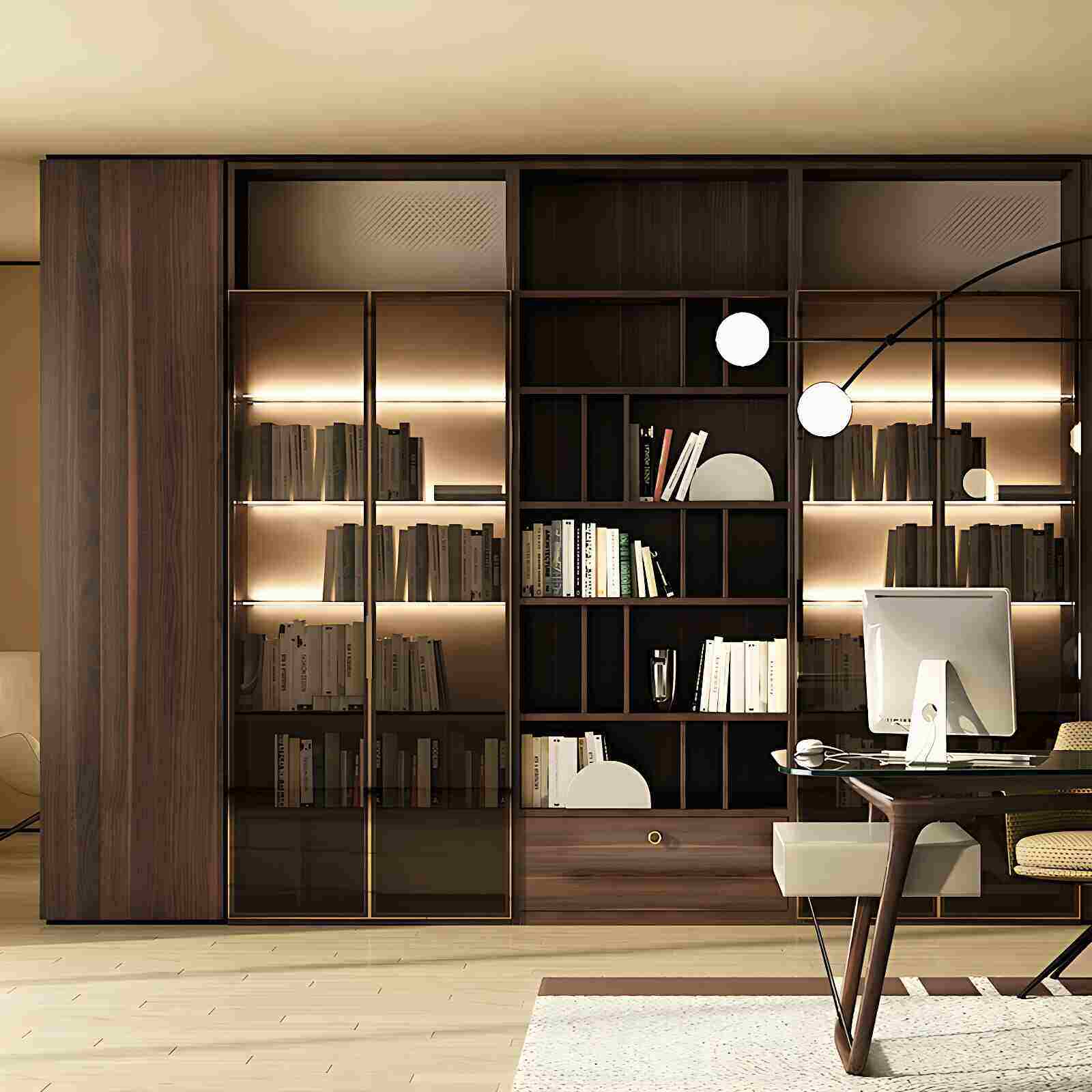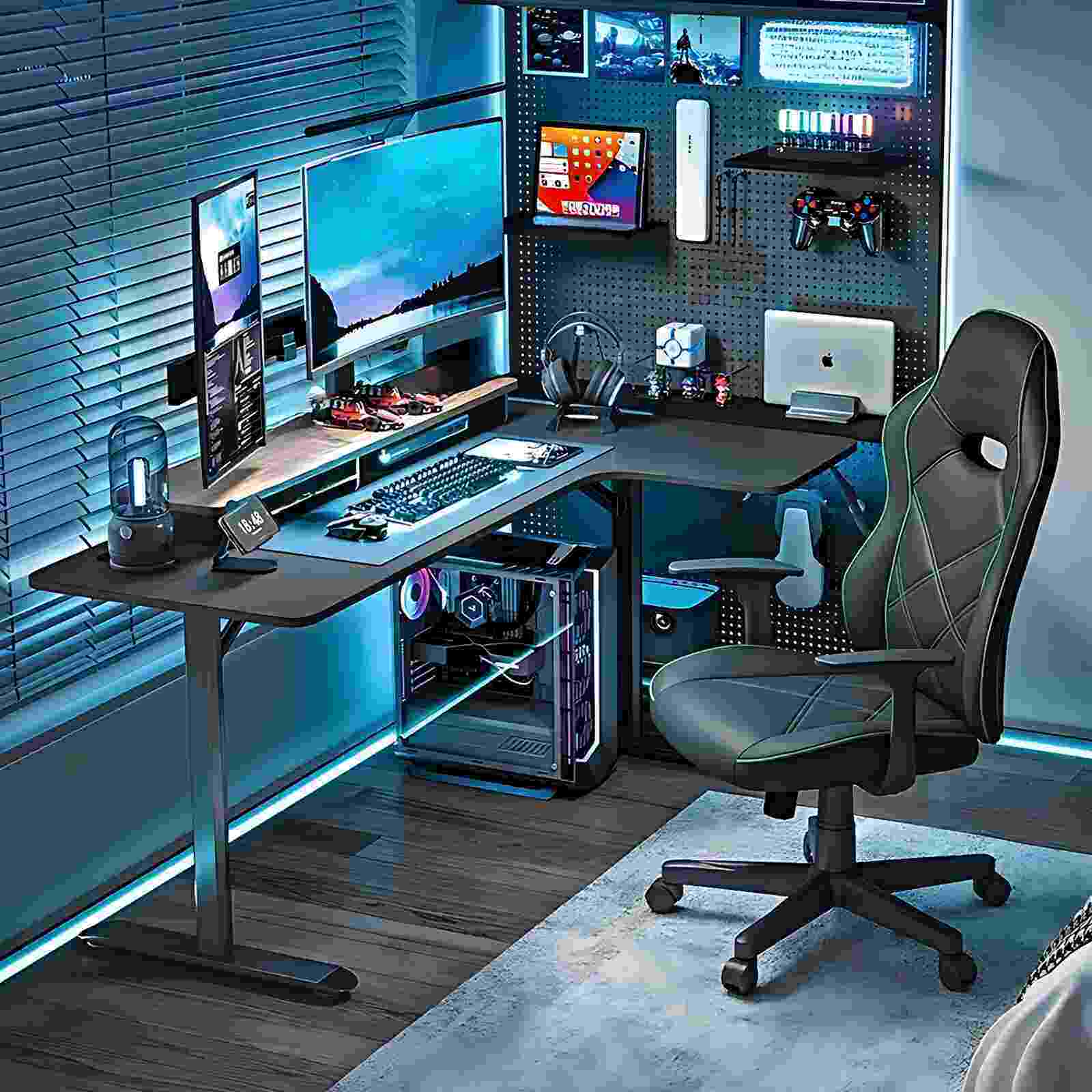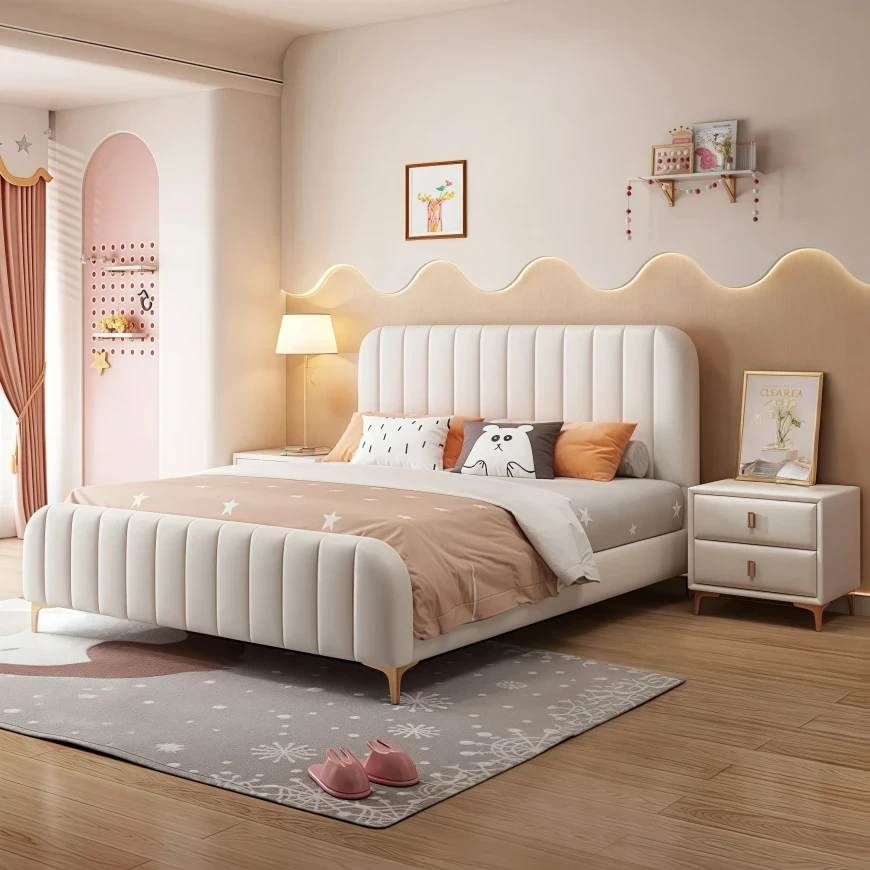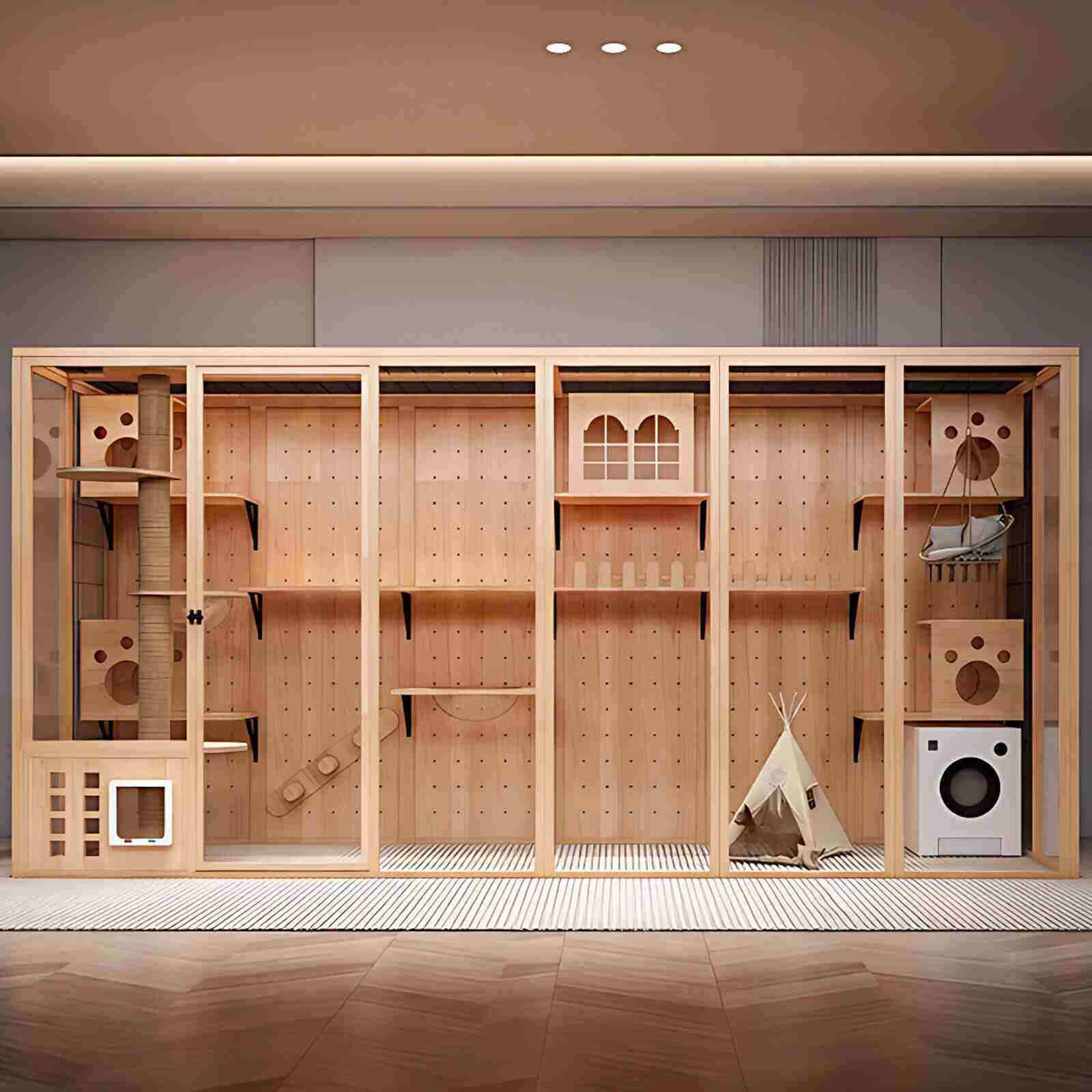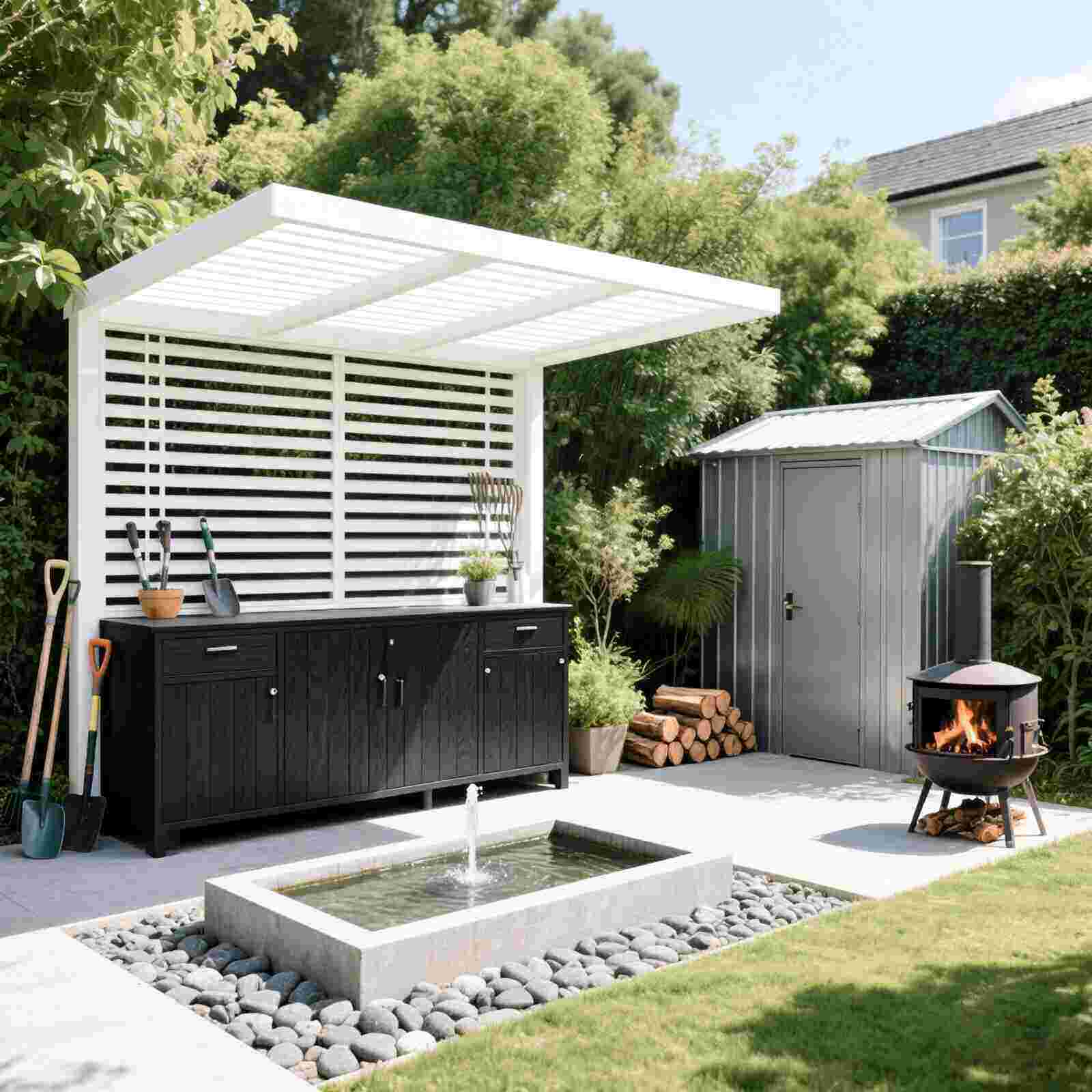It's no exaggeration to say that children are treasures of every family. Nowadays, many families place special emphasis on the design of their children's rooms when renovating their homes. They must be playful, safe, and spacious... After all, children spend most of their time in bed, so the children's bed is the centerpiece!
The children's bed is the centerpiece of your decorating! From style, material, to dimensions, it's all listed in detail.
Ordinary Children's Bed
For a basic, adequate children's bed, it must be large and low enough to protect the child from rolling over. Alternatively, a frame should be built around the bed for a more stable and secure feel.
Bunk Bed
I. Types of Bunk Beds
Staggered
Staggered bunk beds are similar to bunk beds. They fully utilize the space in a children's room, are well-planned, and offer ample storage space. It's no exaggeration to say that one bed is equivalent to an entire room.
With Bed Slides
A typical bunk bed only has two tiers, but a bunk bed with bed slides has three tiers. The third tier is hidden underneath and can be tucked away when not in use, taking up no space at all. Homes with underfloor heating are advised not to choose this bunk bed, as the third tier will block the heat from rising.
Multifunctional
This style of bunk bed lacks a cohesive feel, more like two single beds stacked together. This type of children's bed is suitable not only for children but also for adults.
Folding
Compared to the above bunk beds, this bunk bed is lower in height. Upon closer inspection, it's essentially a regular single bed with a bed slide. Without the staircase, it's safer, but it also reduces the amount of storage space.
II. Which is more practical, a bunk bed or a single bed?
From a safety and practicality perspective
Most bunk beds have guardrails, offering a higher safety factor than a regular single bed. When the child is young, the child can sleep on the top bunk while the adult sleeps on the bottom. This allows for both child care and independent development. As the child grows older, one of the beds can be freed up for activities or toys. If you're planning a second child, you don't even need to change the bed, which is very convenient.
From a Storage Perspective
Modern bunk beds often offer ample storage space, such as staircase storage and small bookshelves around the bottom bunk. This storage functionality is unmatched by ordinary single beds.
From a Price Perspective
Typical bunk beds are quite expensive, ranging from a few thousand to ten thousand yuan. A 1.5-meter bunk bed can cost over 5,000 yuan. More functional bunk beds are even more expensive, significantly more than single beds costing a few thousand yuan.
From a Lifespan Perspective
Some parents worry that bunk beds will seem childish as their children grow up and dislike them. Indeed, from this perspective, single beds offer a longer lifespan and will remain timeless.
3. What should I pay attention to when purchasing a bunk bed?
Hardness
The firmness of a bed is closely related to a child's sleep quality. It's recommended that children's beds should not be too soft, as this can be harmful to their cervical spine. It's recommended to test it by lying on it before purchasing.
Is the bed base sturdy?
The sturdiness of the bed base determines the safety of the bunk bed. If the base is not sturdy, a child jumping on it can easily cause the bed to collapse. It's also recommended to shake the bed several times before purchasing to check its sturdiness.
4. Should I choose a regular bunk bed or a detachable bunk bed?
Many bunk beds now have detachable structures, meaning they can be disassembled into two beds if needed. As the child grows, they can be used as a regular single bed. Apparently, detachable bunk beds are more practical. When purchasing, be sure to disassemble the bunk bed to ensure that the two beds are at the same height.
Children's Bed Materials
Pine
Pine is the most common material for children's beds. It's environmentally friendly and cost-effective. Children's beds made from it have a simple and elegant design and are easy to maintain. However, pine has a high water content, making it prone to cracking when dry and even discoloring over time.
Hardwood
Compared to pine, hardwood offers higher quality. Furthermore, most hardwood children's beds use environmentally friendly water-based paint, which is highly environmentally friendly and healthier for children. However, its disadvantages are its high price, generally conservative designs, and the need for adjustments to the size of the bed as the child ages, resulting in a significant investment.
Solid Wood
Solid wood children's beds are made from natural wood, with a clear, attractive surface texture. Key to their durability, these beds often use mortise and tenon joints or nails. While safer and more environmentally friendly, they can be difficult to disassemble, making moving more time-consuming.
Wrought Iron Bed
Wrought iron beds are sturdy and durable, and don't worry about moisture and termites, making them more environmentally friendly. However, their biggest drawback is that they're too hard and can become noisy over time.
Pancake Bed
Pancake beds are less environmentally friendly than the aforementioned materials. They're also less moisture-resistant and less durable. While they're inexpensive, parents shouldn't choose them for their children's health.
To address some of the concerns people have about children's beds, I've compared five different materials:
Customized Children's Bed
From a practical perspective:
Tatami + Storage Cabinets
This multifunctional children's bed combination is perfect for smaller apartments. If a child's toys and books keep piling up and they can't find a good way to store them, the space under the tatami mat can be put to good use. Adding storage cabinets on either side of the tatami mat, either creating a wardrobe or bookshelf, can fully meet the storage needs of a child's room.
Tatami + Storage Cabinet + Desk
This combination of a children's bed not only meets storage needs but also provides a comfortable study environment. With it, the children's room essentially eliminates the need for other furniture and is highly functional.
From a Creative Perspective:
Moon Bed
Tree Hole Bed
Children's Bed Dimensions
0-5 Years: Children are shorter, so a children's bed with a length of 1000-1200mm, a width of 650-750mm, and a height of approximately 400mm is recommended.
3-6 Years: Children in this age group are in kindergarten and are typically around 1 meter tall. Therefore, a children's bed should be no less than 140cm long and around 60cm wide.
6-12 Years: Children in this age group are in elementary school. If you plan to keep your bed in place, a children's bed with a length of 160-170cm, a width of around 60cm, and a height of at least 50cm is recommended. Ages 12 and above: At this age, children are entering adolescence, so the size of a children's bed can be selected based on adult standards, with a length of approximately 190cm and a width between 120cm and 150cm.
Of course, the above values are for reference only. The specific size of a children's bed should be determined based on the child's height at each age. It is recommended that the bed be larger rather than smaller.
Should I buy an adult bed or a children's bed?
The decision to buy a children's bed or an adult bed depends on the following three factors:
1. Room size: Children's beds generally have specific room size requirements. If the children's room is small, a children's bed is recommended; if the room is spacious, an adult bed can be chosen.
2. Number of children in the family: If there is only one child, either a children's bed or an adult bed is acceptable. However, if there are two children, it is recommended to choose bunk beds or a bunk bed. This saves space and allows for easy communication between the two children.
3. Financial Availability: Children's beds are more expensive than adult beds. For example, if you want an environmentally friendly and sturdy bunk bed, it will cost at least 10,000 or 20,000 yuan. Even solid wood children's beds are not cheap, so if your budget allows, we recommend choosing a children's bed.
No matter what kind of children's bed you choose, remember to be environmentally friendly! Environmentally friendly! Environmentally friendly! Children have weak immune systems, so safe materials are a good choice for peace of mind. Also, it's recommended to use bumpers around the edges to prevent children from accidentally bumping into things. If you want your child to have a comfortable room, you need a comfortable bed!

 USD
USD
 GBP
GBP
 EUR
EUR































